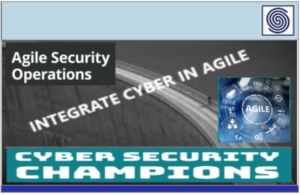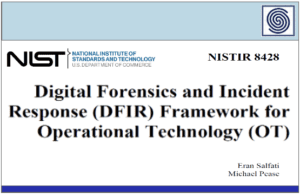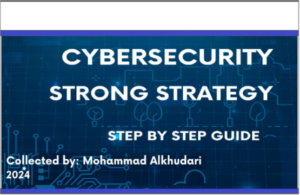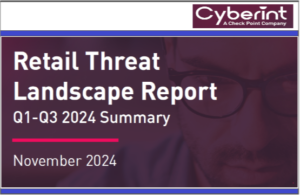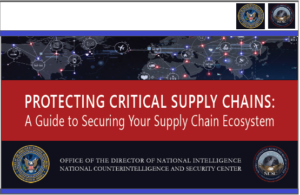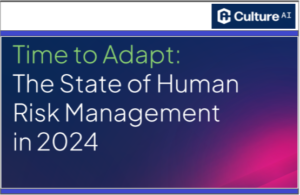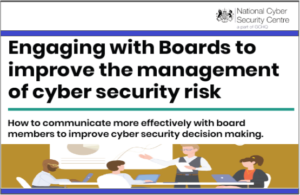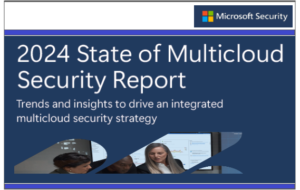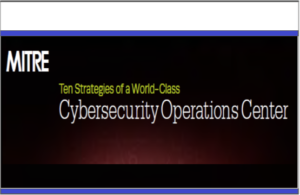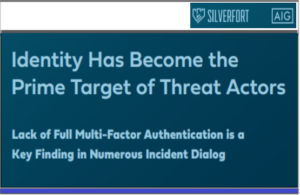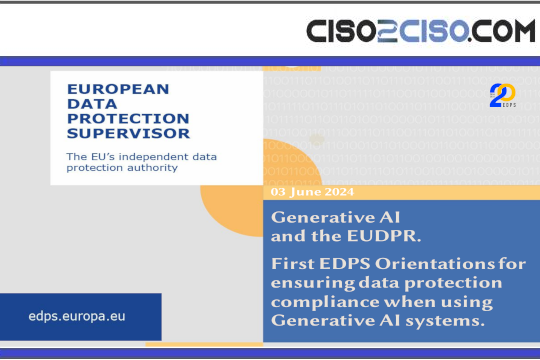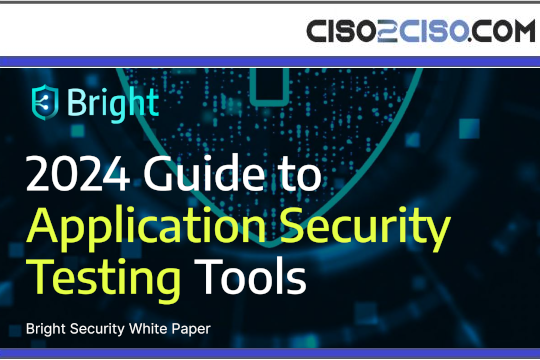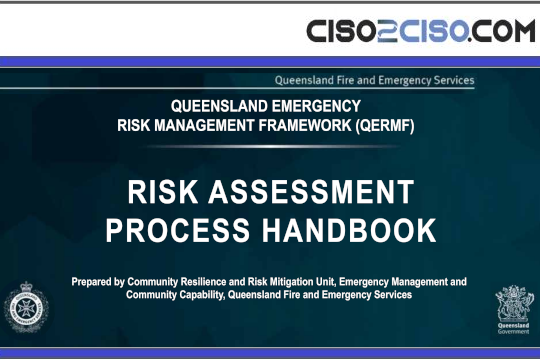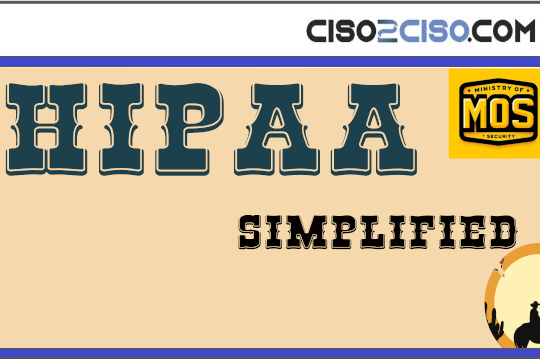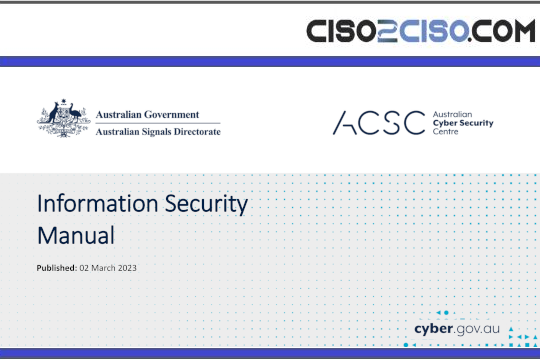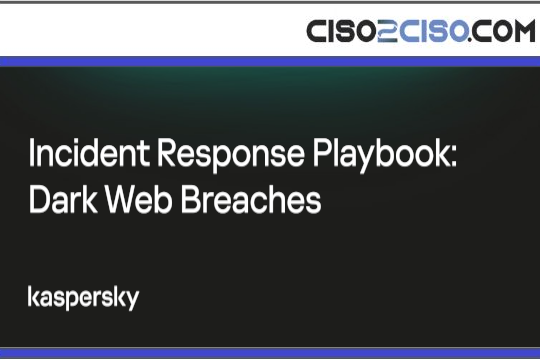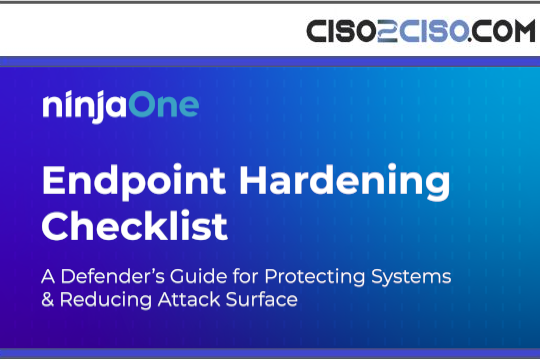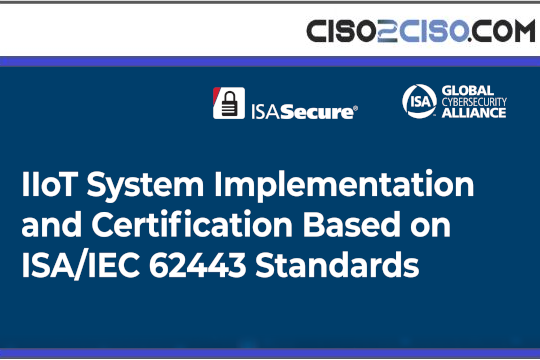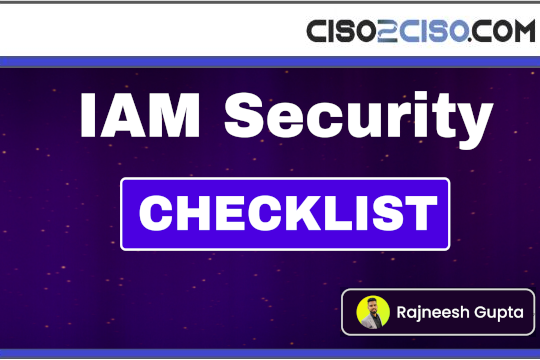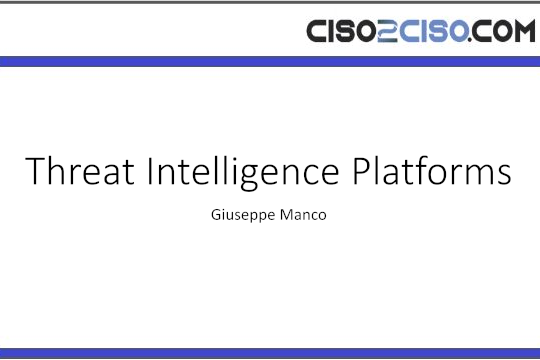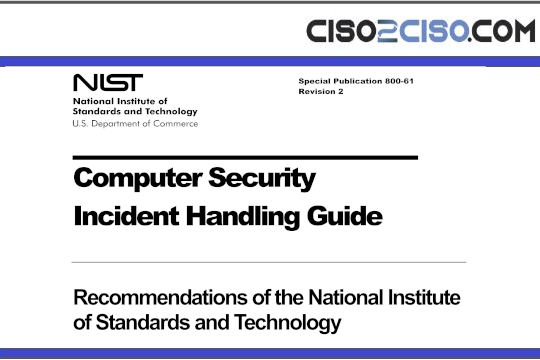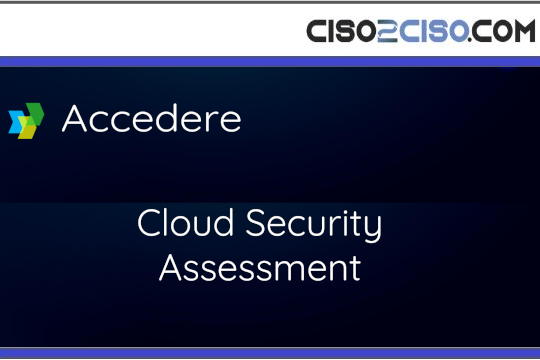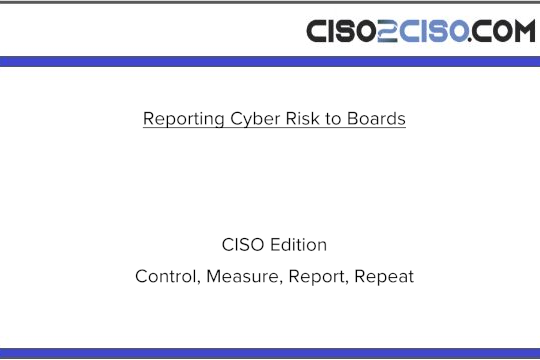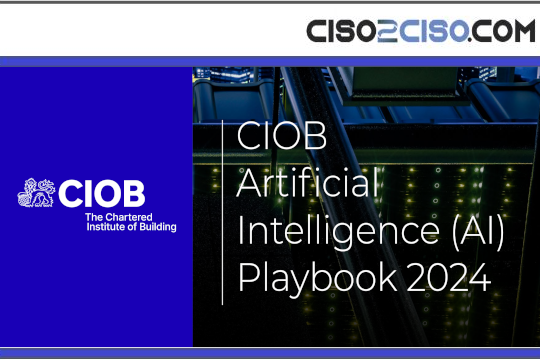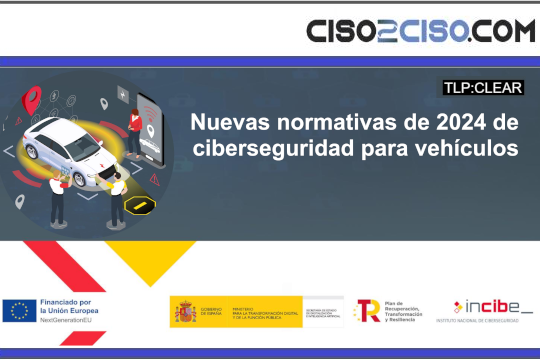Source: securityboulevard.com – Author: Harman Singh
The history of penetration testing begins with military strategies used to test enemy defenses. Over time, this evolved into a formal practice for identifying vulnerabilities in computer systems. This article traces the brief history of of penetration testing, from its early conceptual roots in military exercises, through the rise of ‘Tiger Teams’ in the 1970s, to the sophisticated tools and methodologies in use today.
Key Points
-
The origins of penetration testing are rooted in military strategy, with early efforts emphasizing the necessity of identifying vulnerabilities in defense systems during the 1960s and 1970s.
-
The evolution of penetration testing in the 1980s and 1990s was spurred by increased cybercrime, leading to the development of standardized methodologies and frameworks to improve compliance and effectiveness in security assessments.
-
Modern penetration testing has adapted to technological advancements, incorporating automation and AI to enhance efficiency, while emphasizing the importance of ethical considerations and continuous security validation to address emerging threats.
The Conceptual Genesis: Early Seeds of Penetration Testing (Pre-1960s – 1970s)
The story of penetration testing begins long before the digital age, rooted in the strategic exercises of military history. For centuries, armies have engaged in mock battles and strategic games to understand enemy tactics and identify weaknesses in their defenses. These early parallels laid the groundwork for what would eventually become known as penetration testing.
The 1960s marked a transformative period with the advent of computers and the growing need for system’s security. During the 1967 Joint Computer Conference, computer security experts collaborated to address security vulnerabilities, emphasizing the necessity of testing digital systems to identify exploitable system weaknesses beforehand.
In 1971, the US Air Force ordered security testing for time-shared computer systems. This initiative underscored proactive information security measures, paving the way for the formalization of penetration testing. These early efforts were foundational for modern cybersecurity practices.
The ‘Tiger Teams’ and the Rise of Formal Pentesting (1970s – 1980s)
The 1970s saw the formation of “Tiger Teams,” specialized groups tasked with stress-testing security systems and conducting security tests. Driven by concerns over shared access vulnerabilities, these teams formalized penetration testing through comprehensive physical and logical security evaluations.
A notable early operation was the US Air Force’s MULTICS penetration test in 1974, revealing critical security flaws in target systems and underscoring the need for rigorous testing protocols. This case exemplifies how Tiger Teams identified potentially severe vulnerabilities.
During this period, the RAND Corporation’s report R-422 laid down foundational practices for penetration testing, becoming a cornerstone for security professionals and guiding methodologies that shaped the field. The efforts of early Tiger Teams and insights from reports like R-422 marked the rise of formal penetration testing.
The Impact of Cybercrime: The Evolution of Penetration Testing Tools (1980s – 1990s)
The commercialization of the internet in the 1980s led to a significant rise in cybercrime, highlighting the need for robust security measures and effective penetration testing tools. Both commercial products from companies and open-source software emerged during this period to mitigate security risks.
One early security tool for network vulnerability testing was SANTA, signifying the growing sophistication of penetration testing resources. This era also saw the emergence of first-generation tools like early versions of Nessus and Nmap, crucial for identifying vulnerabilities and strengthening defenses.
Network and application testing became essential components during this time. As organizations recognized the importance of securing digital assets, penetration testing services gained popularity, helping to identify vulnerabilities and protect sensitive information. The evolution of these tools and methodologies marked a significant step forward against cybercrime.
Standardizing Penetration Testing: Methodologies and Frameworks (1990s – 2000s)
The 1990s and 2000s were pivotal for standardizing penetration testing methodologies. With the emergence of regulatory frameworks like PCI-DSS, the need for thorough and compliant security assessments became paramount. Standardized methodologies ensured systematic and effective penetration tests.
A significant contribution during this period was the release of the OWASP Testing Guide in 2003, emphasizing application vulnerability testing and compliance with industry standards. Another key development was the Penetration Testing Execution Standard (PTES), covering all aspects of penetration testing phases from planning to reporting.
The rise of Pentest as a Service (PtaaS) offered organizations a modern approach, providing speed, scope, and collaborative testing capabilities. These standardized methodologies and frameworks improved the effectiveness of penetration tests and ensured organizations could meet regulatory requirements and protect digital assets.
Modern Penetration Testing: Adapting to New Technologies (2000s – Present)
The new millennium brought rapid technological advancements, requiring penetration testing to adapt. Web application and wireless penetration testing became critical as organizations increasingly relied on these technologies. The shift to cloud computing introduced new security challenges, leading to the development of cloud security testing tools to identify and mitigate risks.
Cloud penetration testing simulates attacks on cloud services to uncover vulnerabilities, ensuring these platforms remain secure. Additionally, Red Teaming emerged as a sophisticated approach to simulating real-world attacks and testing an organization’s defenses. Purple Teaming enhanced this by fostering collaboration between offensive and defensive teams, ensuring a more holistic approach to security.
Automation and AI have revolutionized penetration testing, enhancing efficiency and accuracy in vulnerability identification. Integrating automated tools with human expertise has become essential for comprehensive security testing. These advancements have made penetration testing more effective, enabling organizations to stay ahead of emerging threats and protect digital assets.
Legal and Ethical Landscapes of Pen Testing
As penetration testing evolved, so did the legal and ethical considerations surrounding it. Legal frameworks and regulations have significantly impacted penetration testing activities, ensuring responsible and lawful conduct. Ethical guidelines have been established to ensure tests are performed with integrity and respect for privacy.
Scoping, rules of engagement, and obtaining consent from system owners multiple users are crucial elements of ethical penetration testing. These measures ensure tests are conducted transparently and identified vulnerabilities are responsibly reported and remediated.
These ethical considerations are vital for maintaining trust and integrity in the field of penetration testing.
The “Offensive vs. Defensive” Cycle and Key Players
The dynamic between offensive and defensive tactics has driven significant advancements in traditional penetration testing methodologies and tools. As attackers developed new exploits and attack vectors, security professionals continuously adapted and innovated to stay ahead. This ongoing cycle has been a major force behind the evolution of penetration testing.
Influential individuals and groups have shaped the field of penetration testing. Early security researchers and developers, and government agencies such as Willis Ware and the RAND Corporation, made significant contributions to foundational practices and methodologies, laying the groundwork for today’s sophisticated techniques.
Global adoption and the role of open source
Penetration testing has seen widespread global adoption, driven by the need for robust cybersecurity measures. Open-source tools and communities have been instrumental in making penetration testing accessible and advancing its capabilities. Tools like Metasploit and Nmap have become essential resources for security professionals worldwide.
Kali Linux, an offensive security tool, has significantly shaped penetration testing efforts in both the commercial and research communities. These open-source tools provide powerful capabilities and foster a collaborative environment for security professionals to share knowledge and improve their skills.
The global adoption of penetration testing practices underscores the collective effort to enhance cybersecurity on a worldwide scale.
Continuous Security Validation: Trends and Future Directions of Security Testing
The trend towards continuous security validation reflects the evolving landscape of cybersecurity. Continuous penetration testing, integrated with DevSecOps practices, ensures security measures are constantly evaluated and improved, helping organizations maintain a strong security posture amid ever-changing threats.
Future penetration testing tools are expected to require less human involvement, leveraging advancements in computing power and data analysis to identify vulnerabilities and security weaknesses more effectively. However, the human element will remain crucial, as the expertise and intuition of security experts are essential for comprehensive data breach assessments.
The future of penetration testing will blend automation with human expertise, ensuring organizations stay ahead of emerging threats and maintain robust security systems.
Summary
In summary, the history of penetration testing is a testament to the ongoing battle between attackers and defenders. From its early conceptual stages to its sophisticated modern forms, penetration testing has evolved to meet the challenges posed by an ever-changing technological landscape. The contributions of early pioneers, the development of standardized methodologies, and the integration of advanced tools and techniques have all played crucial roles in shaping the field.
Penetration testing remains an essential component of modern cybersecurity, helping organizations identify and mitigate vulnerabilities before they can be exploited. As we look to the future, the continuous evolution of penetration testing practices and tools will ensure that we stay ahead of emerging threats and maintain robust security measures.
Frequently Asked Questions
What are the three 3 types of penetration test?
The three main types of penetration tests are black box, white box, and gray box testing. Each type varies in the level of knowledge the tester has about the environment and systems during the assessment.
What is the history of standard penetration test?
The Standard Penetration Test (SPT) has its origins in the 1920s, developed in the United States by Harry Mohr, who modified existing methods to create a reliable procedure for assessing soil properties. This method became widely adopted and remains a fundamental in-situ testing technique in geotechnical engineering today.
When was penetration testing first used?
Penetration testing was first introduced in the 1960s, when the increasing use of multi-user systems highlighted security vulnerabilities. This concept emerged as a crucial measure to address inherent risks in system security.
What is penetration testing?
Penetration testing, or ethical hacking, is a methodical simulation of cyber attacks aimed at assessing a system or organization’s security posture and uncovering vulnerabilities. It is essential for strengthening defenses against potential threats.
Why is penetration testing important?
Penetration testing is crucial as it allows organizations to identify and address exploitable vulnerabilities, significantly enhancing their defenses against potential real-world threats. This proactive approach ultimately safeguards sensitive data and maintains system integrity.
Original Post URL: https://securityboulevard.com/2025/04/evolution-and-growth-the-history-of-penetration-testing/?utm_source=rss&utm_medium=rss&utm_campaign=evolution-and-growth-the-history-of-penetration-testing
Category & Tags: Security Bloggers Network,Cyber Security,Everything Pentesting – Security Bloggers Network,Cyber Security,Everything Pentesting
Views: 2




